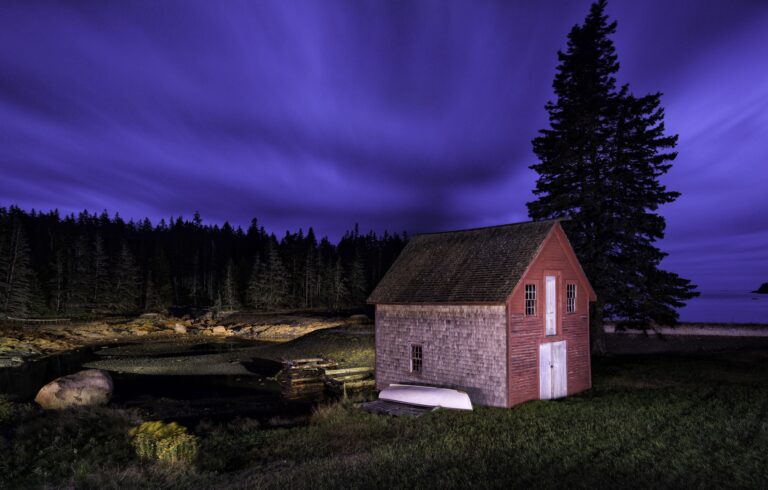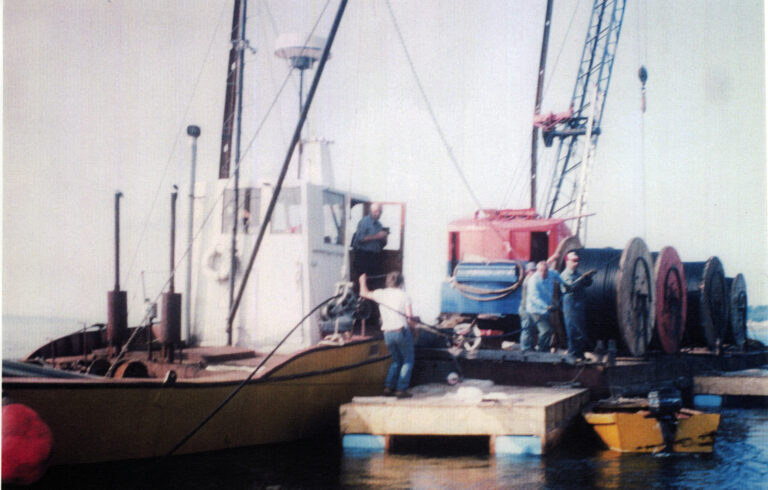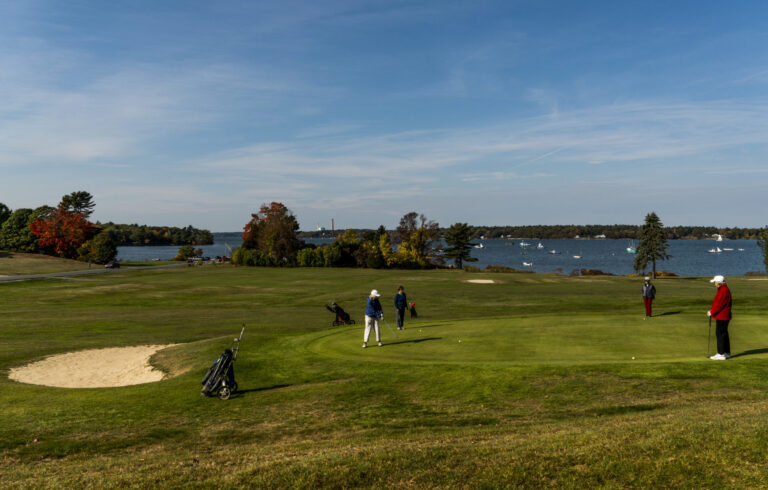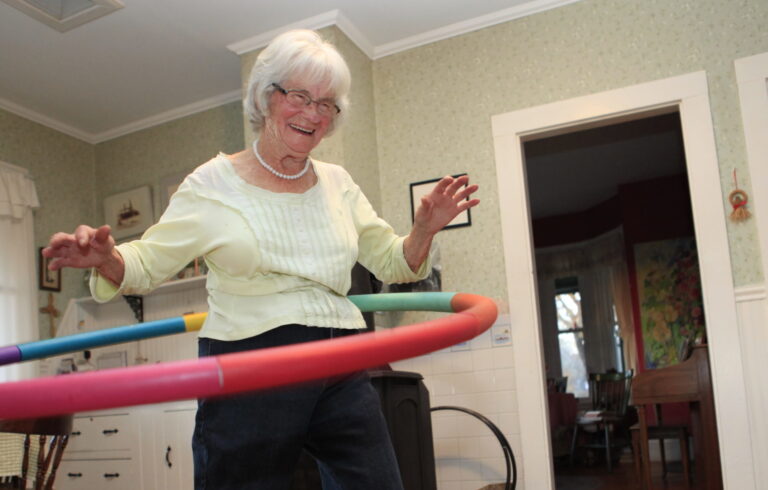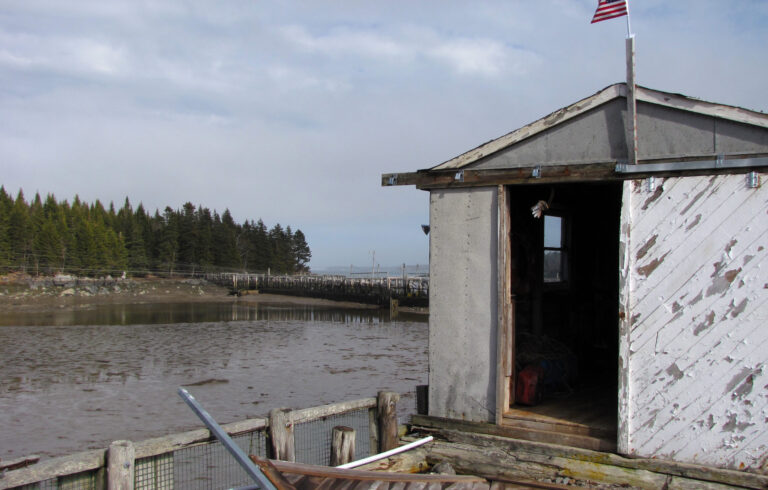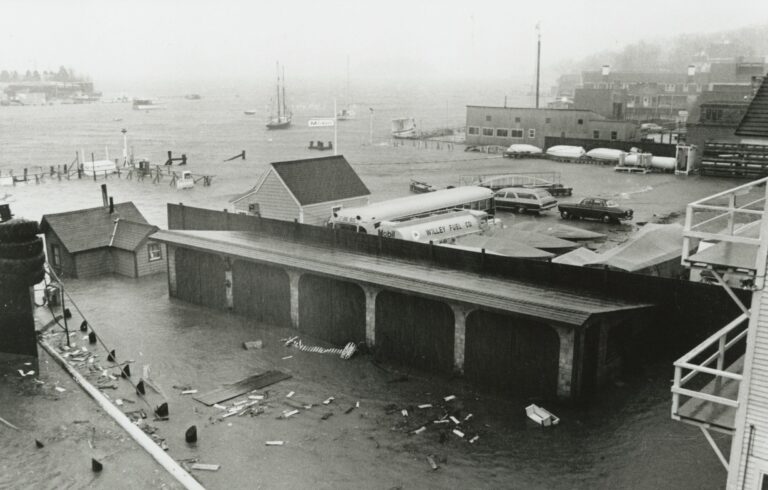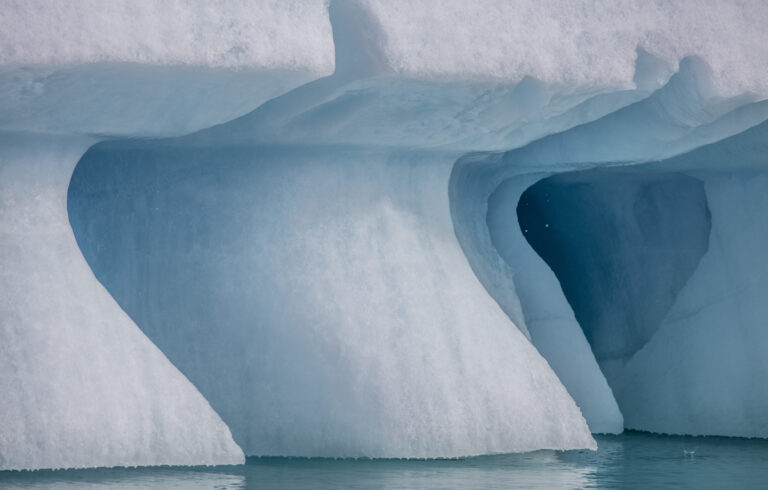Island Journal
Painting Islands: Uniting Community with Art
My project explores participatory art using the photographic technique known as “light painting.” My goal is to bring this public art work to all 15 of Maine’s unbridged, year-round island communities.
For each island, the collaboration begins with islanders selecting a subject—a place, a landscape—that resonates most strongly within the community. A team of volunteer islanders then assembles at dusk wielding handheld flashlights to “paint” the iconic scene with light, while I create a long-exposure photograph.
Each island’s shoot preparation is with the same general framework: scout the location months beforehand to determine the exact location and angle of the camera, previsualize the subjects and areas to light and others to remain in shadow, and consider where to hide people within the area (behind buildings, behind tress or rocks, and just out of the camera’s view). Each image is captured about 20 minutes after sunset coinciding with the “blue hour,” producing the vivid blue skies. SEE MORE

